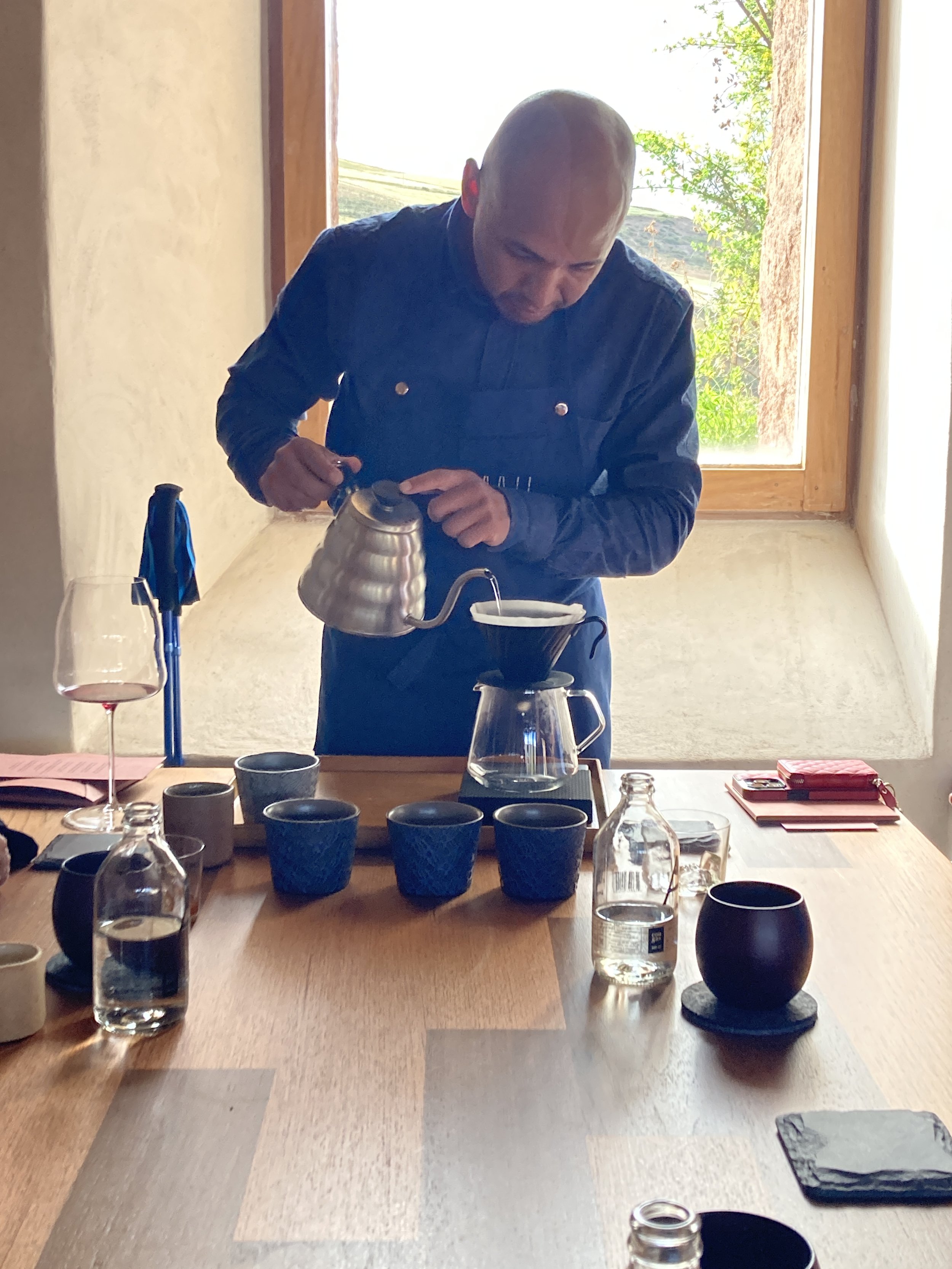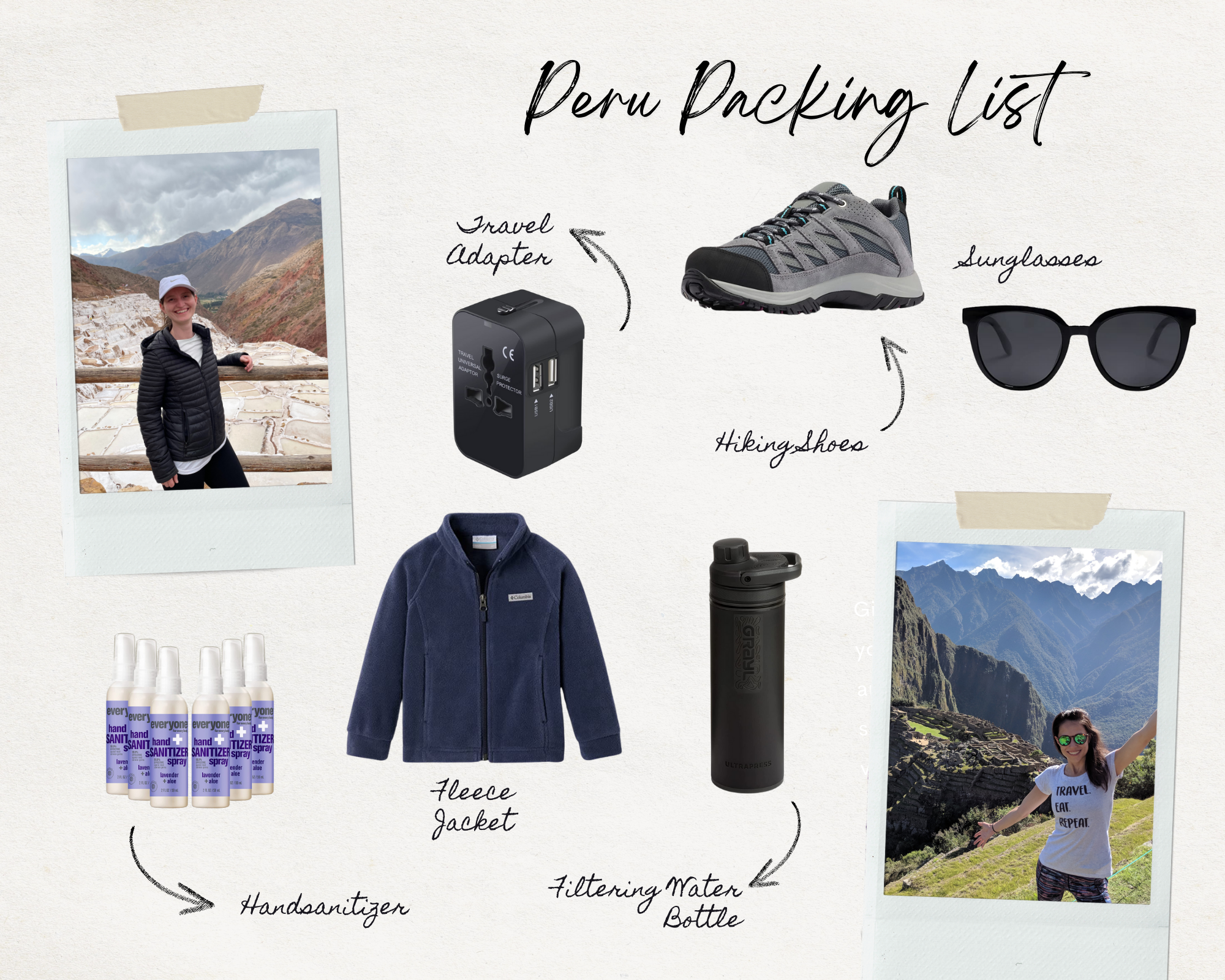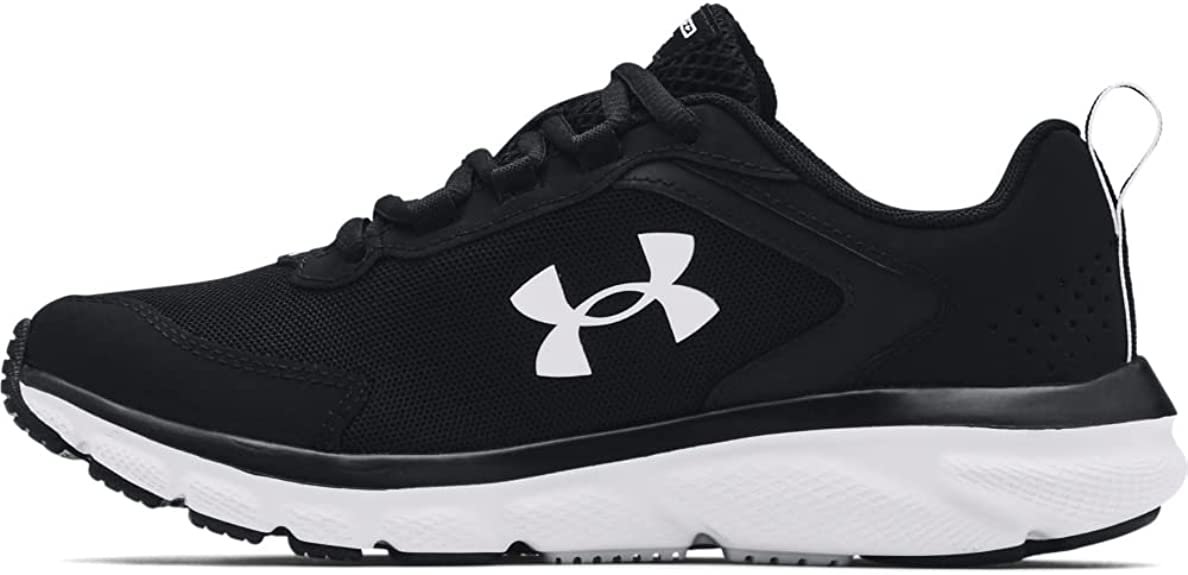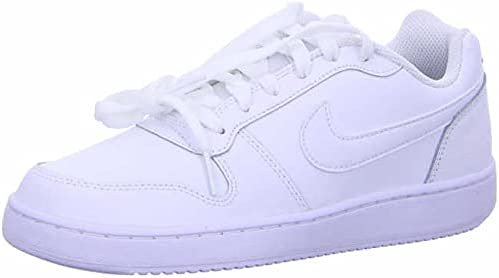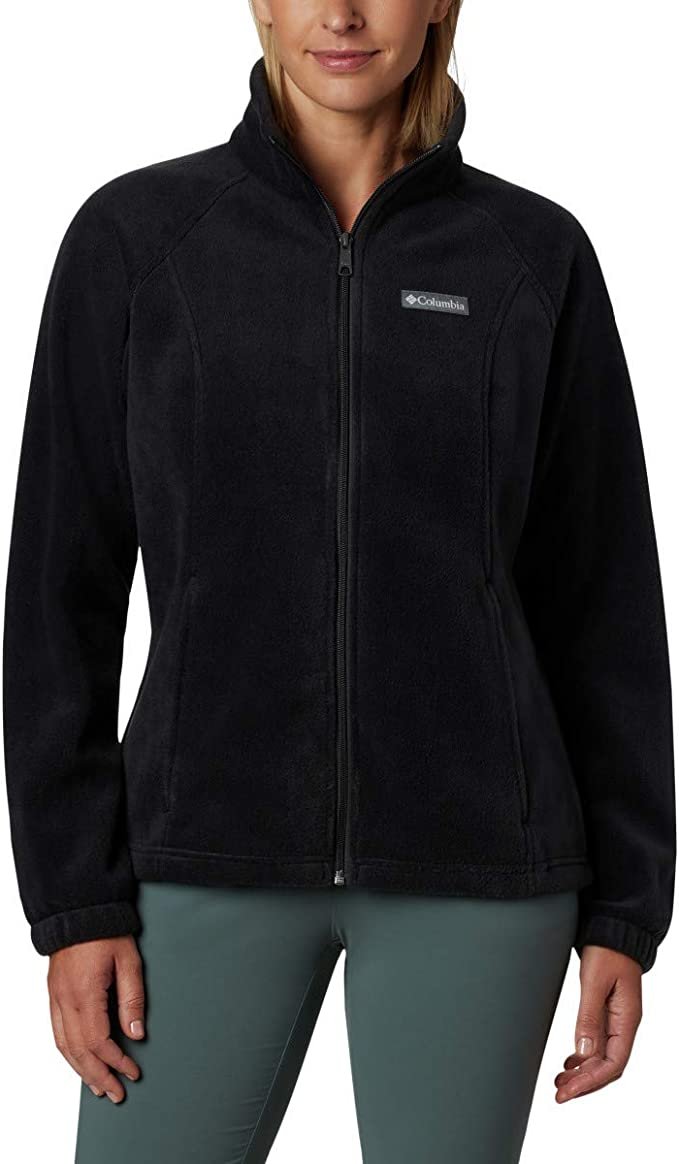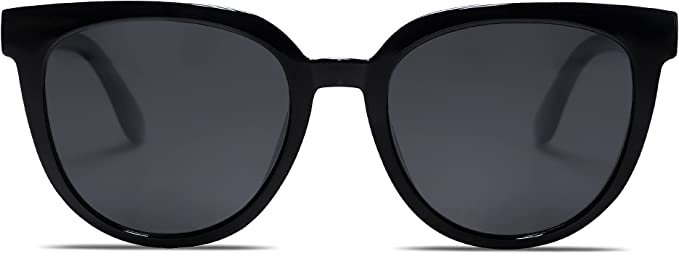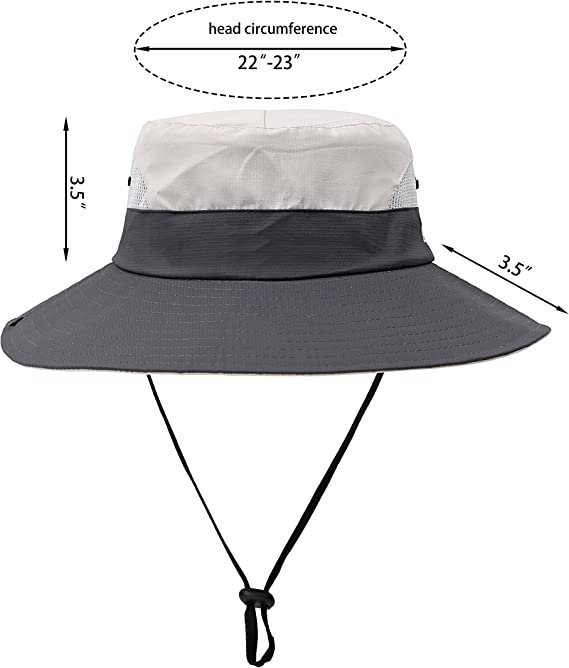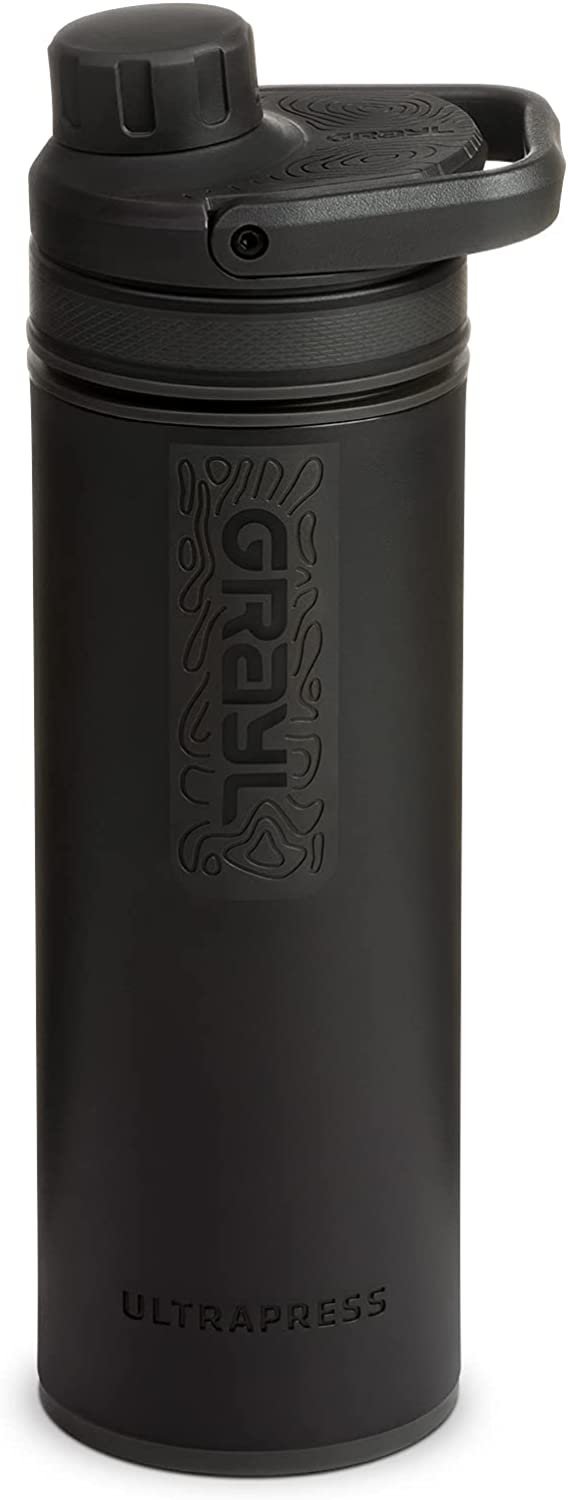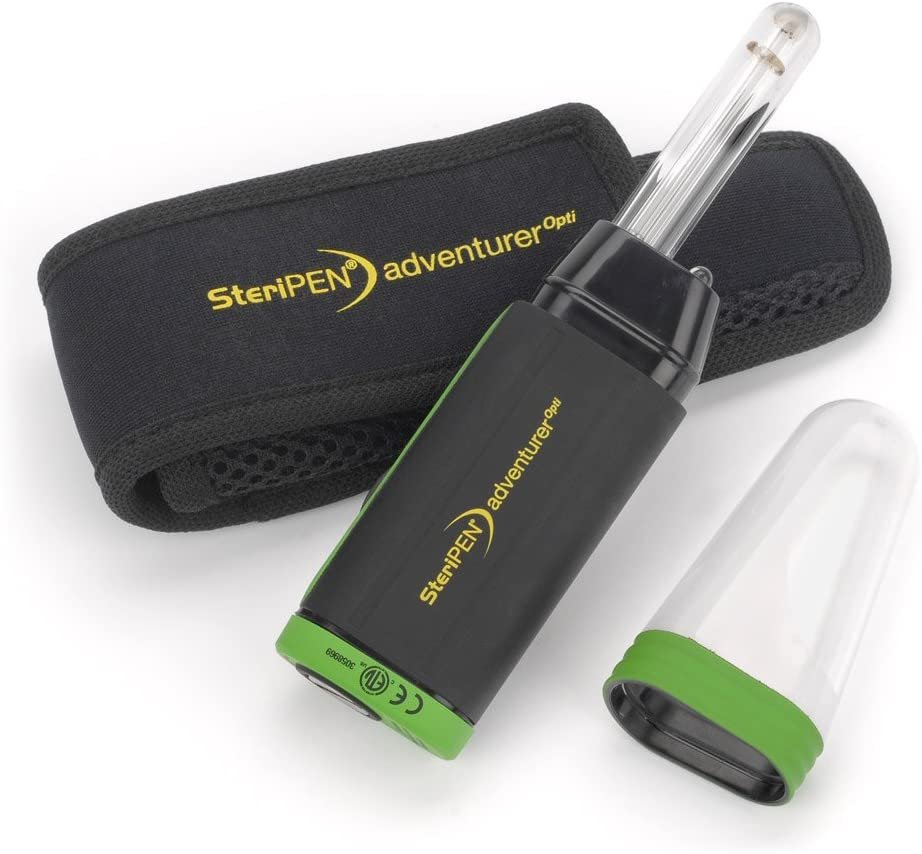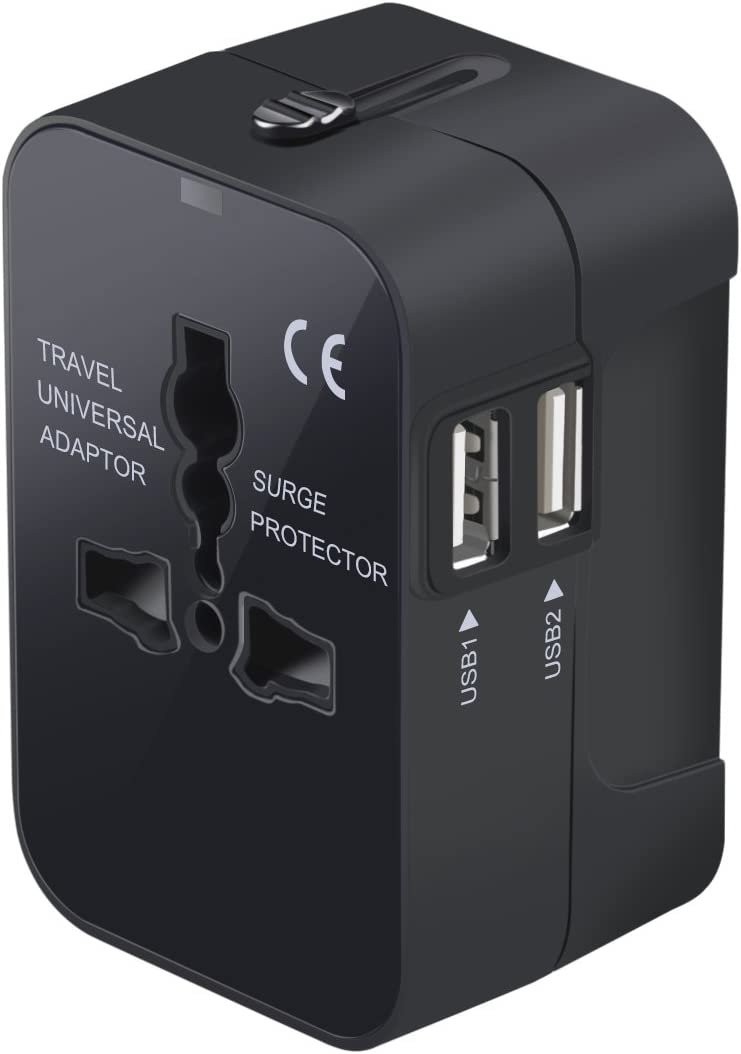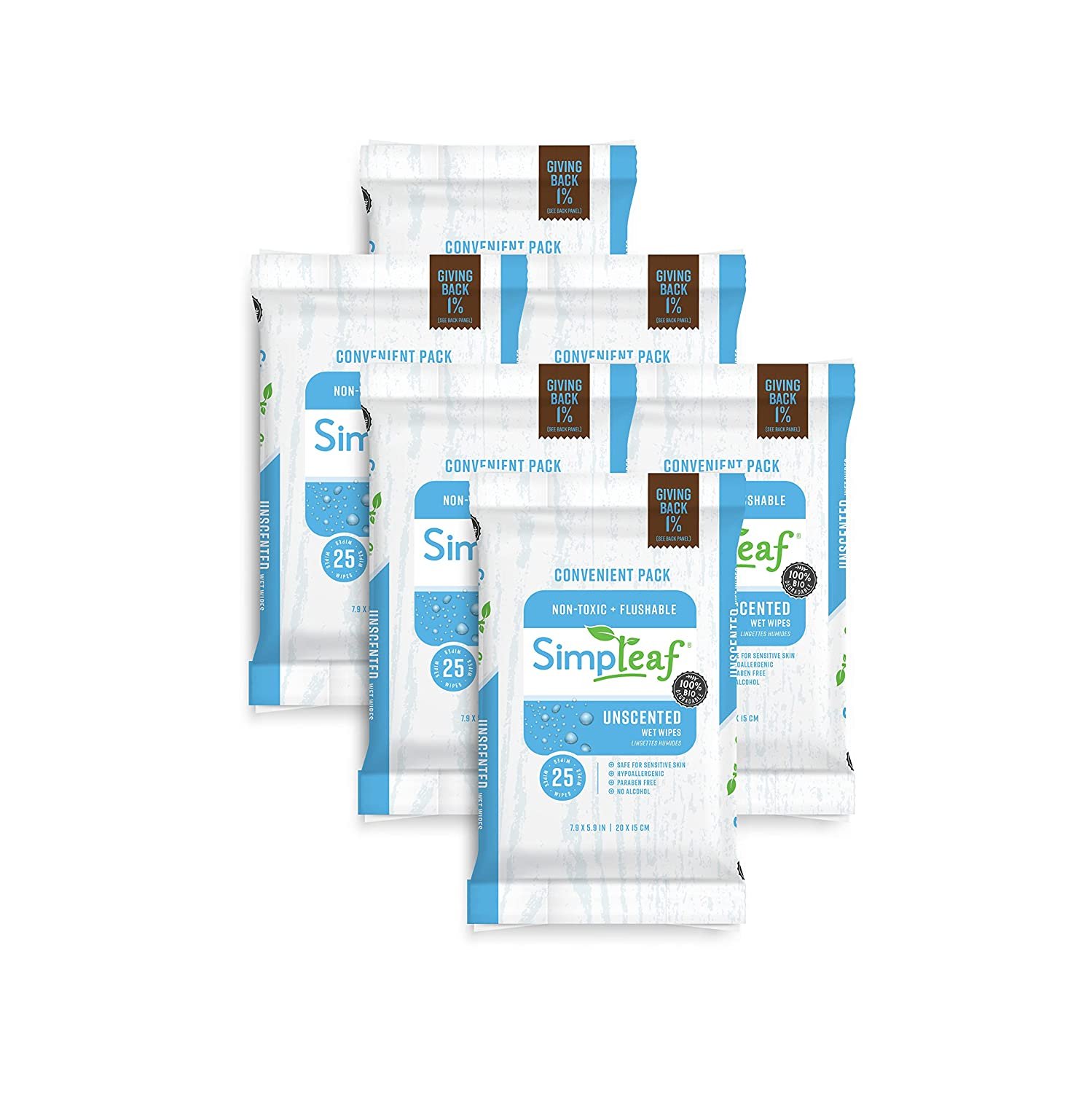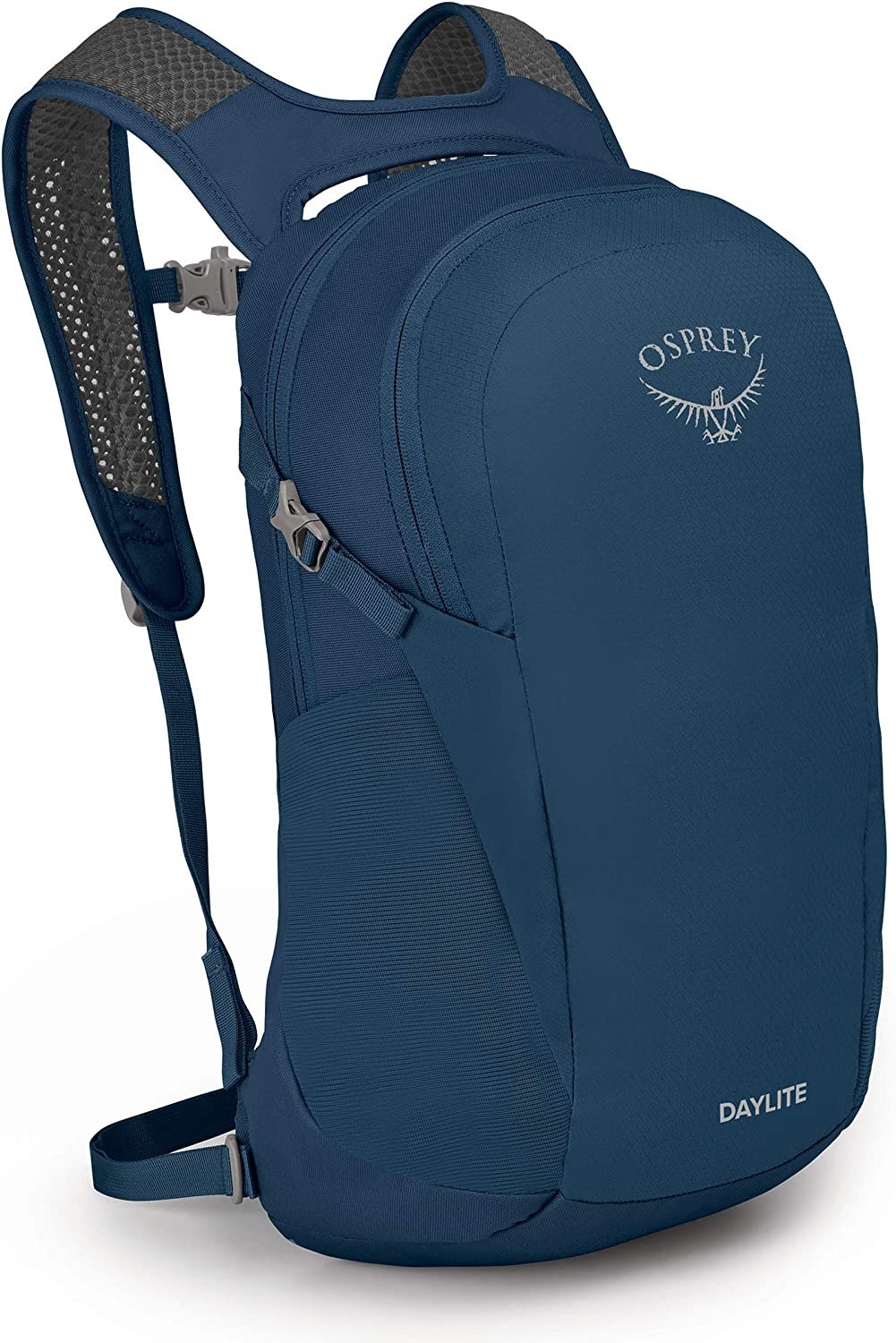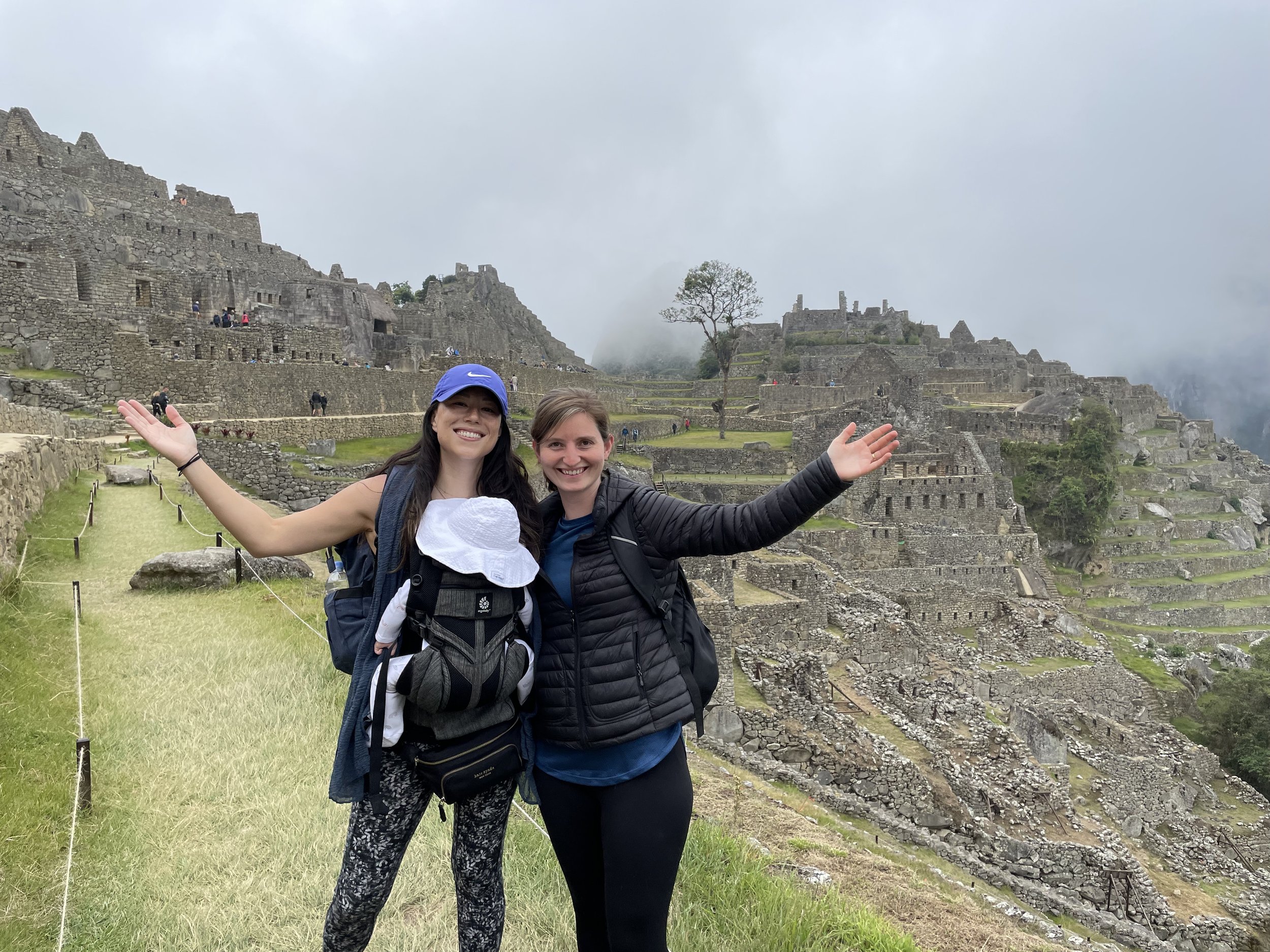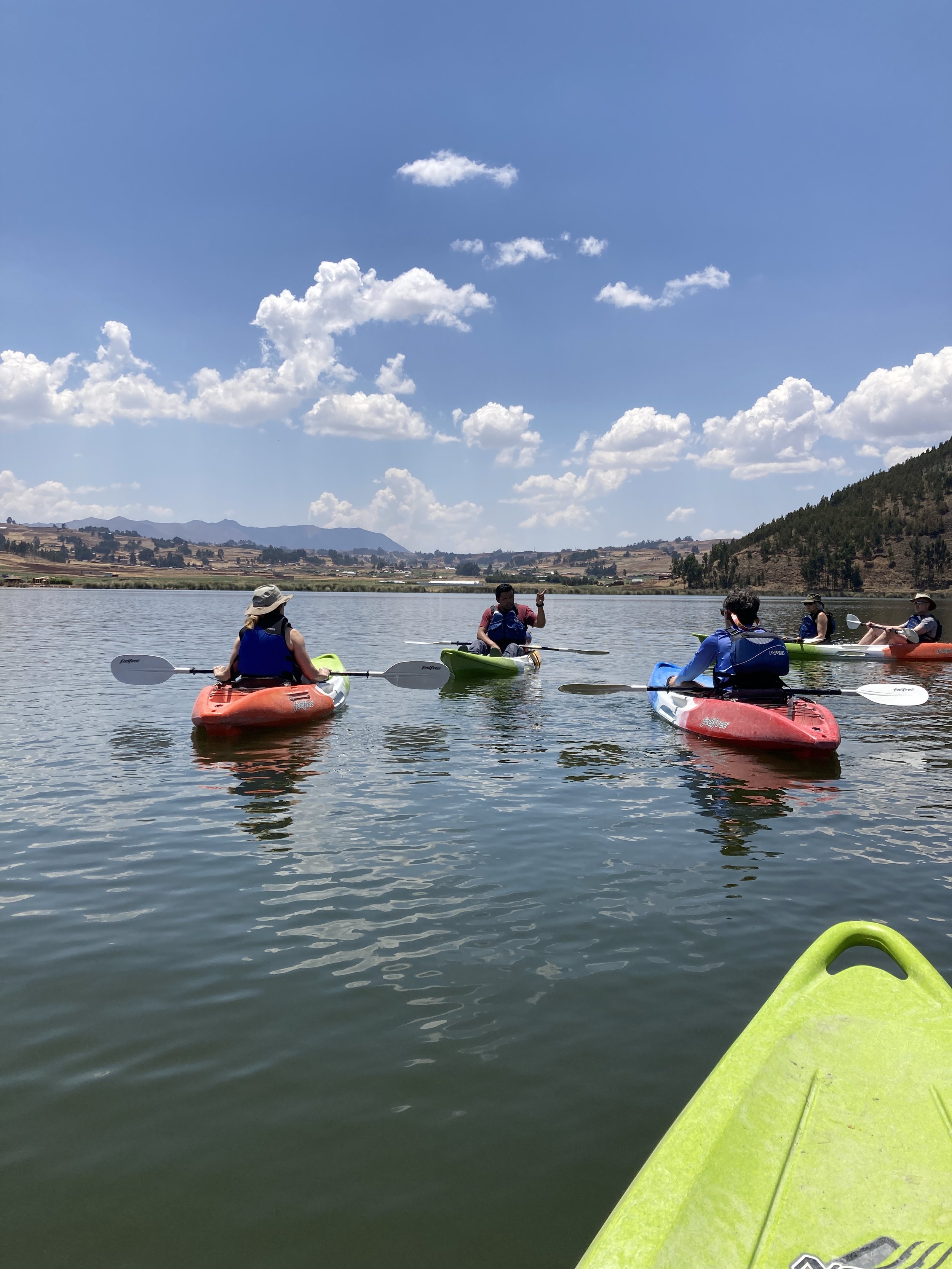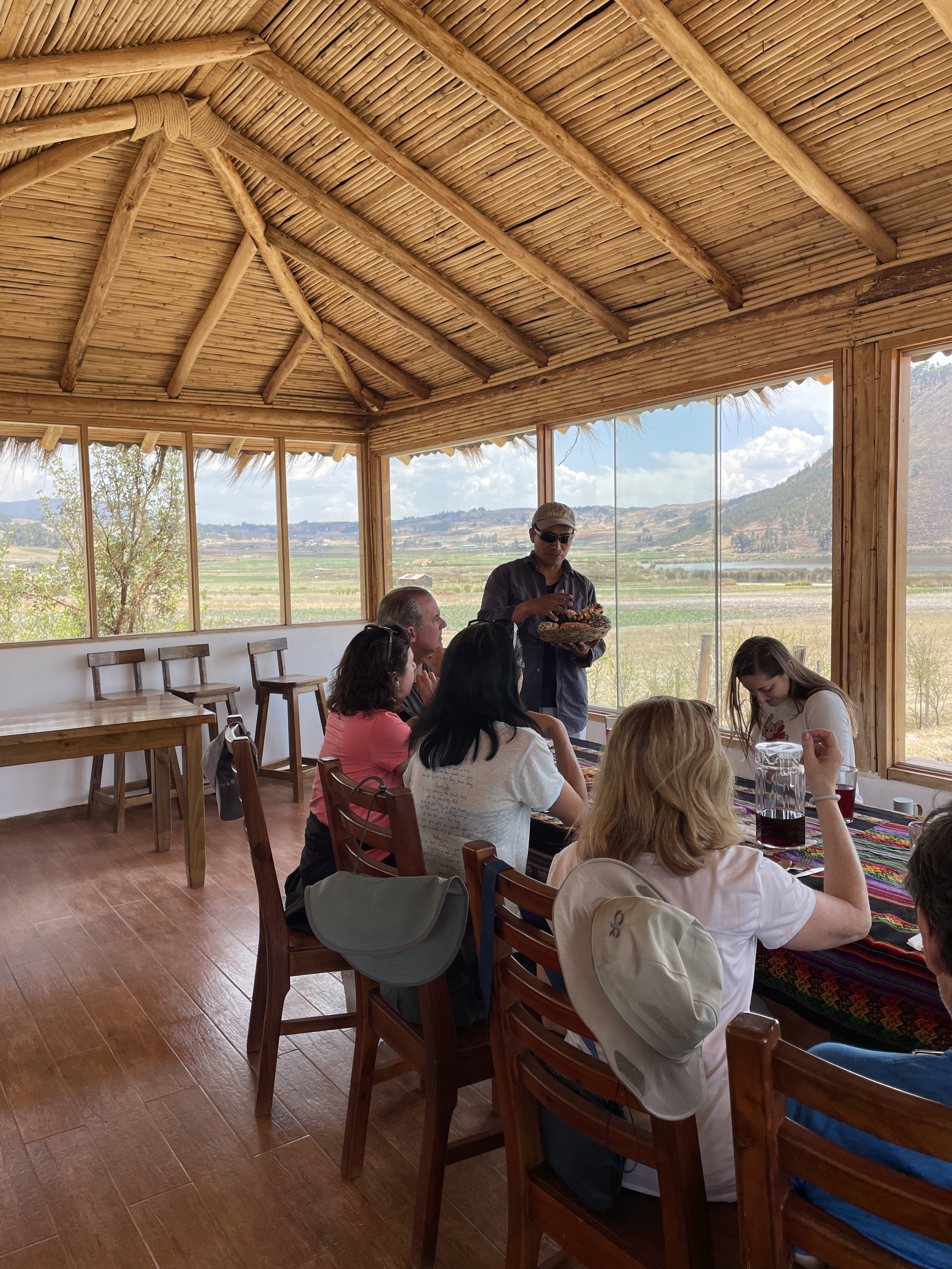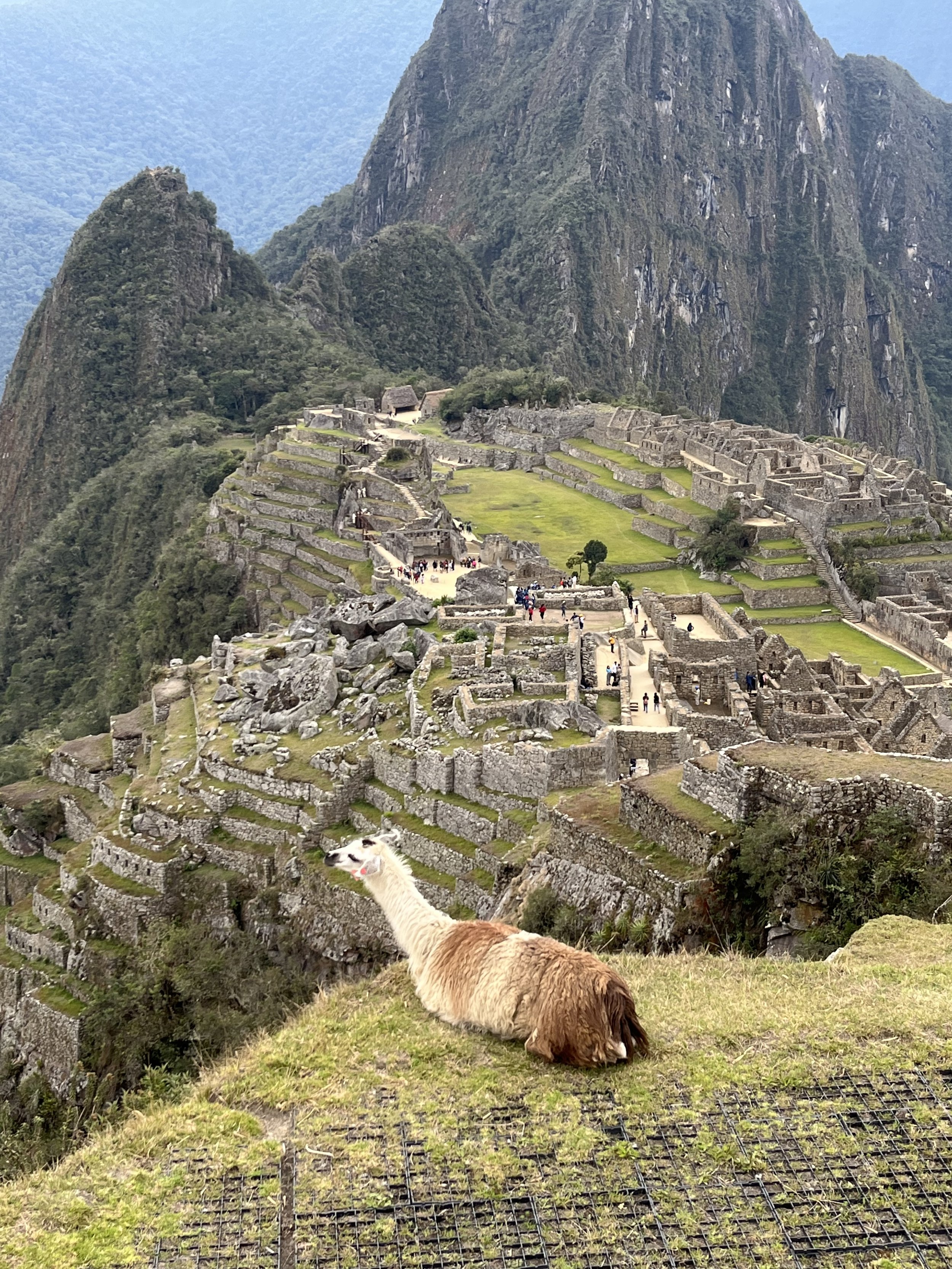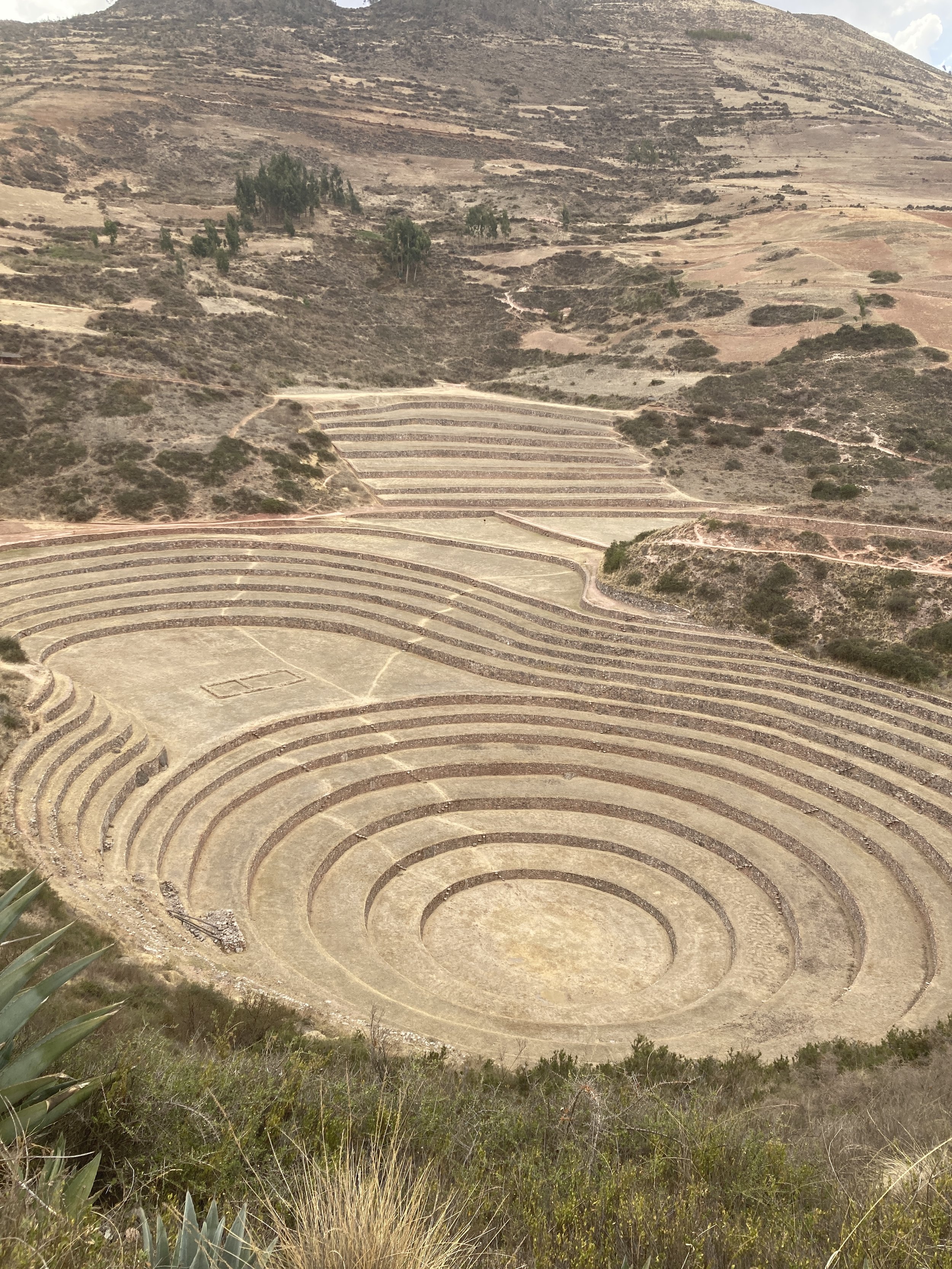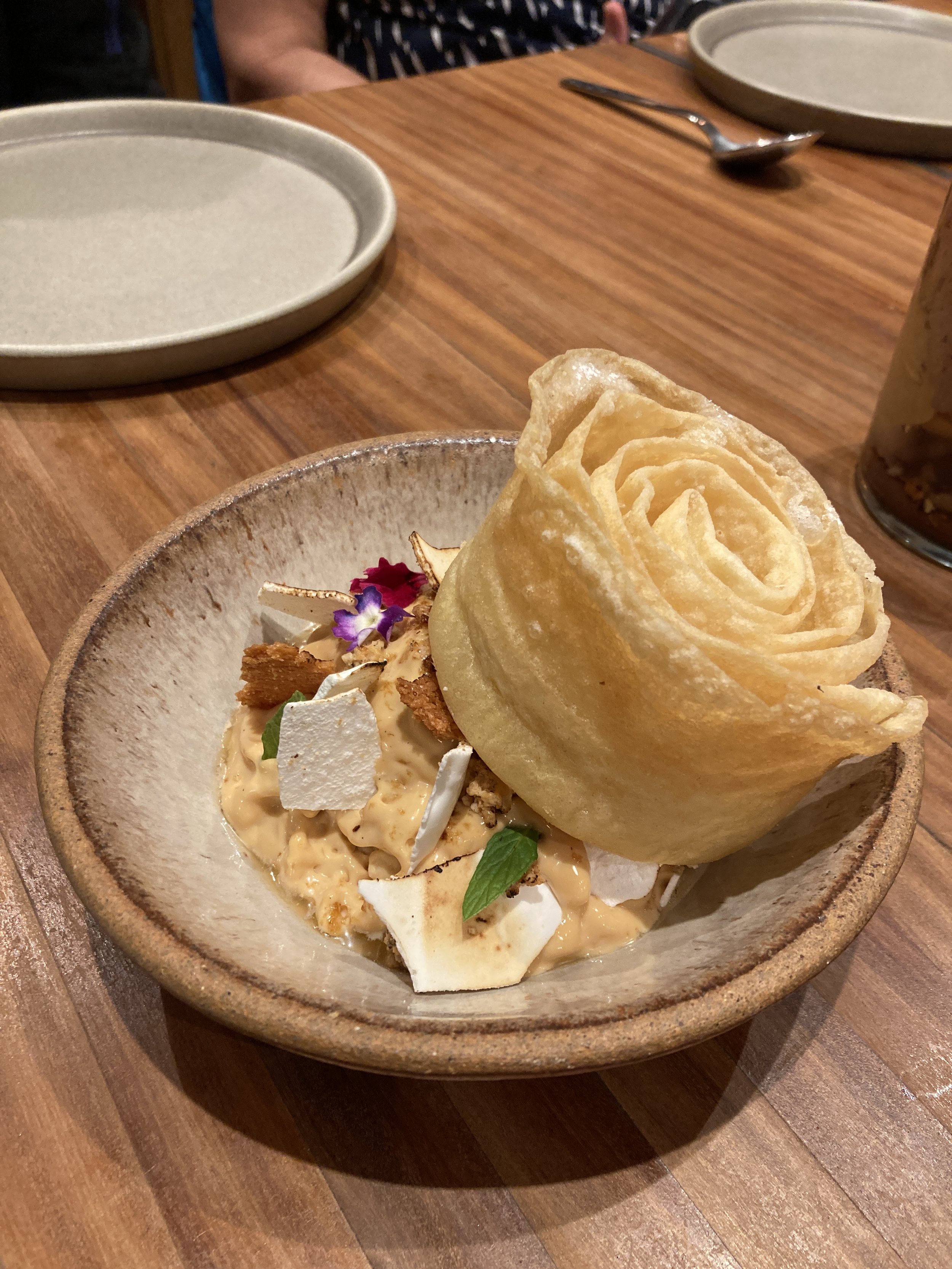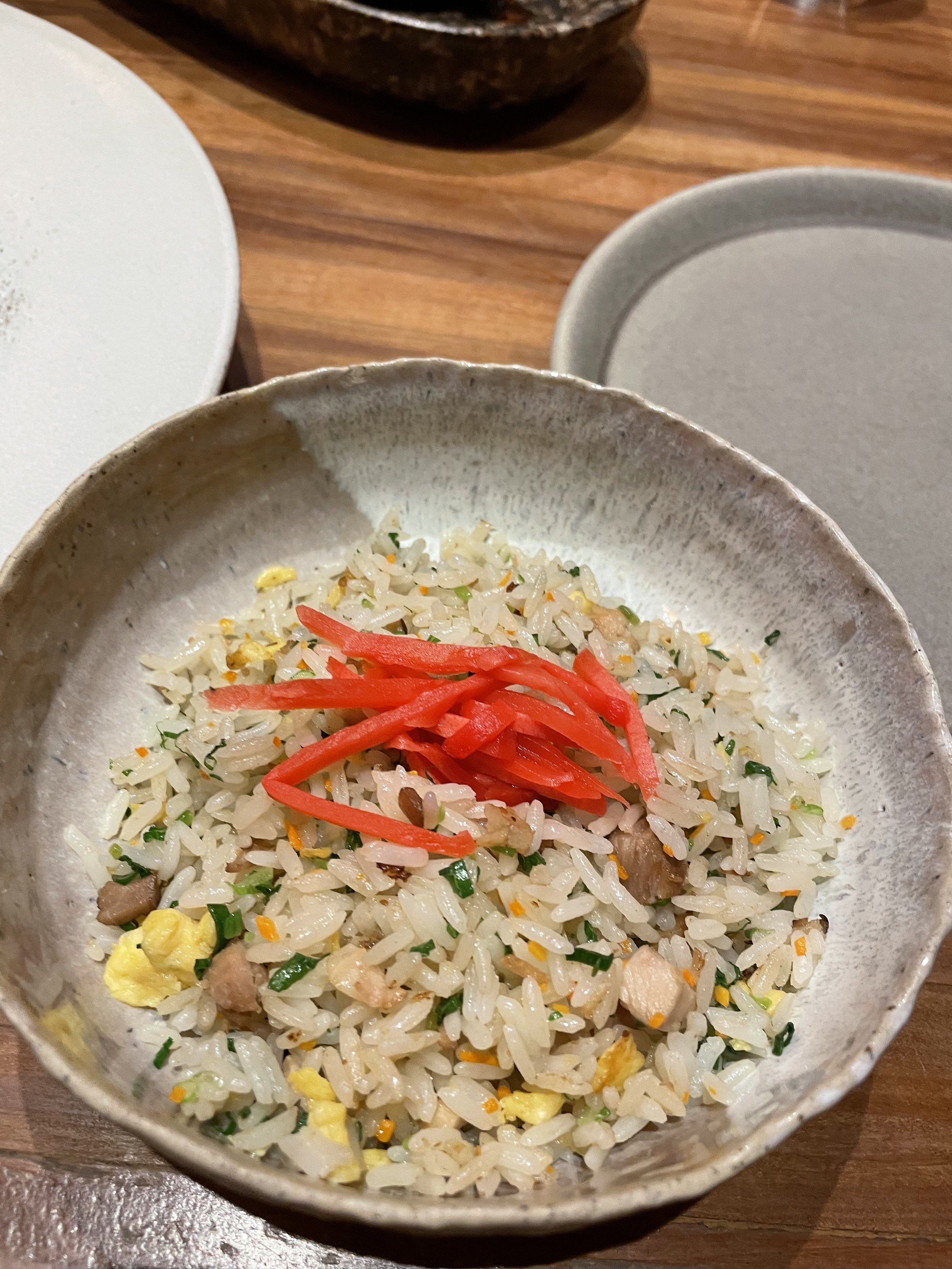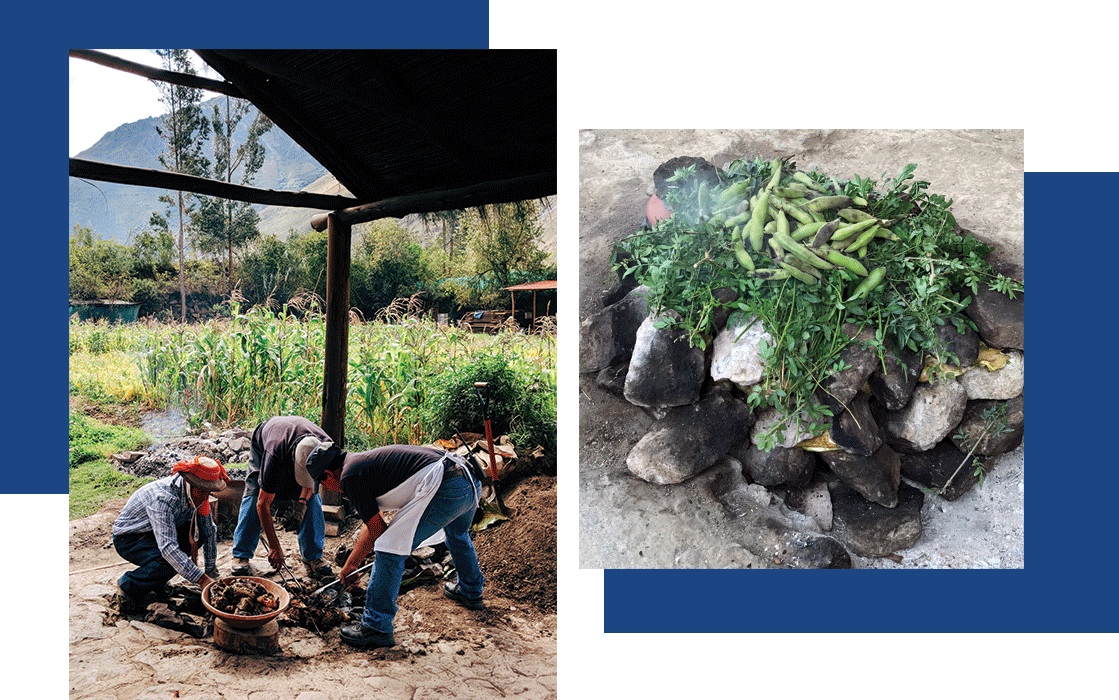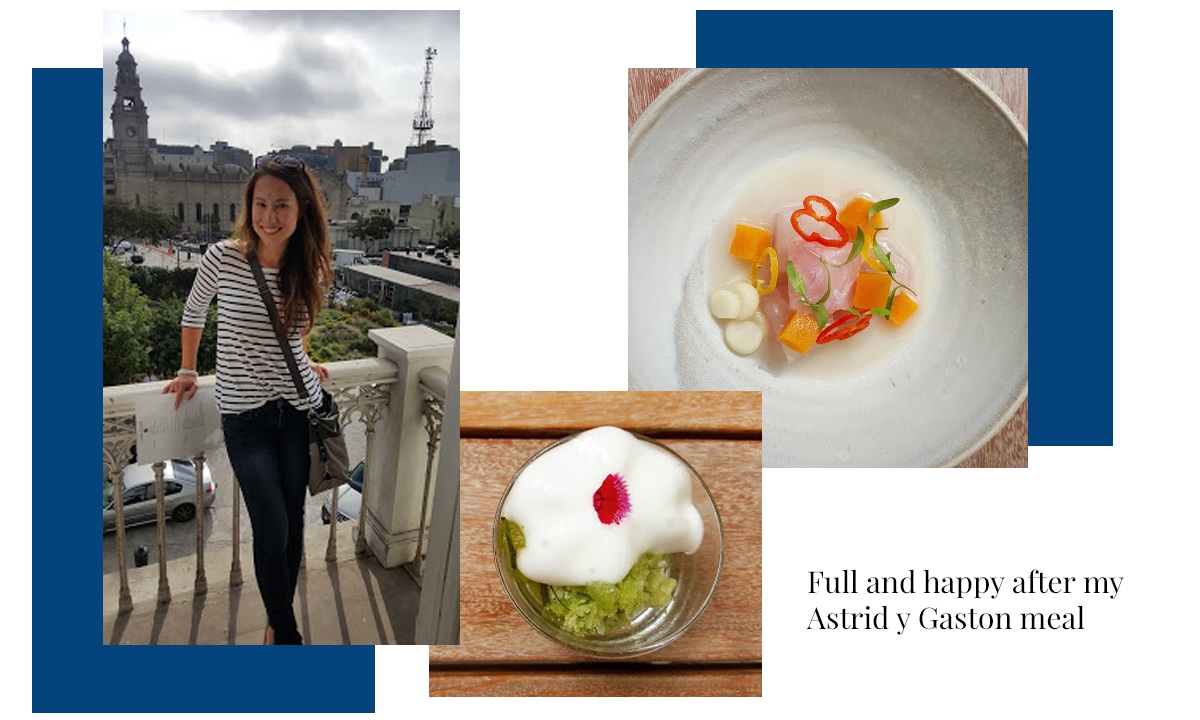Gathering for Pachamanca in Peru
/Told by Christiana Jones, Taste of Peru Tour Host
A pachamanca is more than just traditional food in Peru, it’s an experience full of history and tradition focused on gathering together.
A pachamanca is a meal often found at special events and celebrations, which is fitting for our Taste of Peru trip. I’ve enjoyed a handful of pachamancas during the time I lived in Peru, including one at my wedding in Ollantaytambo. My family had never experienced this traditional food in Peru before and it was a special way to blend families and cultures. Now as I sit around the table and share a pachamanca with travelers on our all-inclusive trips to Peru, it feels full circle. I always enjoy seeing our travelers experience this piece of Andean heritage.
To make the moment even sweeter, on our Taste of Peru trip we have our pachamanca at one of my favorite spots in the Sacred Valley: The Albergue.
To get to The Albergue, we walk past strawberry farms and along a quiet dirt path. The surrounding Andes Mountains rise around you, and without any crowds or city noises it’s easy to simply be and enjoy the peace and simplicity of the Sacred Valley.
Upon our arrival, we make our way through the large wooden door and into the organic farm bursting with flowers, plants, and lush vegetation. We meander our way around the property until the cooking hole and covered outdoor tables are in sight. Besides the cooking and dining area is a small distillery and coffee roasting facility where local spirits are crafted and coffee beans are hand-selected and toasted to perfection.
Surrounding the wooden structure and outdoor table, the lush, green vegetation is a nod to the tradition behind the pachamanca. Pachamanca is often translated to “earth oven" or “earth pot” from the Quechua language. Sharing a pachamanca is a time to come together and enjoy the bounty from Pachamama, or Mother Earth.
We gather around the chef and his team as he explains the process - from how to properly heat the rocks to all the different native ingredients that are included, from potatoes and tubers to chicken, pork, lamb, and sometimes guinea pig. Finally, he seasons all of the ingredients with locally sourced herbs and spices.
The rocks have been heated in a fire for hours in preparation for our pachamanca so that they’re hot and ready for use. We gather around the hole and watch as the team carefully assembles a layer of hot rocks, then a clean sheet on top of the rocks, and then all the food on top of the sheet. They wrap the sheet around the food so that it is enclosed and protected from the final layer of rocks they add to the top. Once the food is wrapped and the rocks are in place, they shovel dirt on top so the heat stays inside, creating an earth oven.
In the 20 to 30 minutes it takes to cook, we explore more of the farm and pop our heads into the distillery to see how they make their spirits. Often, I like to enjoy a cocktail and simply be outdoors surrounded by the awe-inspiring mountains and soak in the celebration that has become so familiar to me while simultaneously sharing in the uniqueness of a first-time experience with travelers.
Once the food is ready, we gather around the outdoor table for the unveiling of the perfectly cooked Pachamanca. We pass dishes family-style around the table and savor the delicious experience together.
Learn more about the other traditional food in Peru that travelers have on our trip to Peru!
For more on traveling to Peru, don’t miss…
Tipping in Peru : How much to tip in Peru?
4 Souvenirs in Peru: What to buy in Peru
Travel with us around the world on one of our multi-day small group food tours. Check out our itineraries to Italy, Japan, Peru, and more! Join us as we visit tea farms in Japan, sip on limoncello in Italy, and savor ceviche in Peru.
If you’re traveling abroad and don’t know where to start or want to tap into our travel expertise to make the most of your trip, check out our Travel Coaching and Private Trips with booking service.
No matter where you travel, we always recommend purchasing travel protection to safeguard against sudden changes or cancellations. If you don’t already have a preferred vendor, you can check out ours - Travel Insured - which offers a “Cancel for Any Reason” policy.









